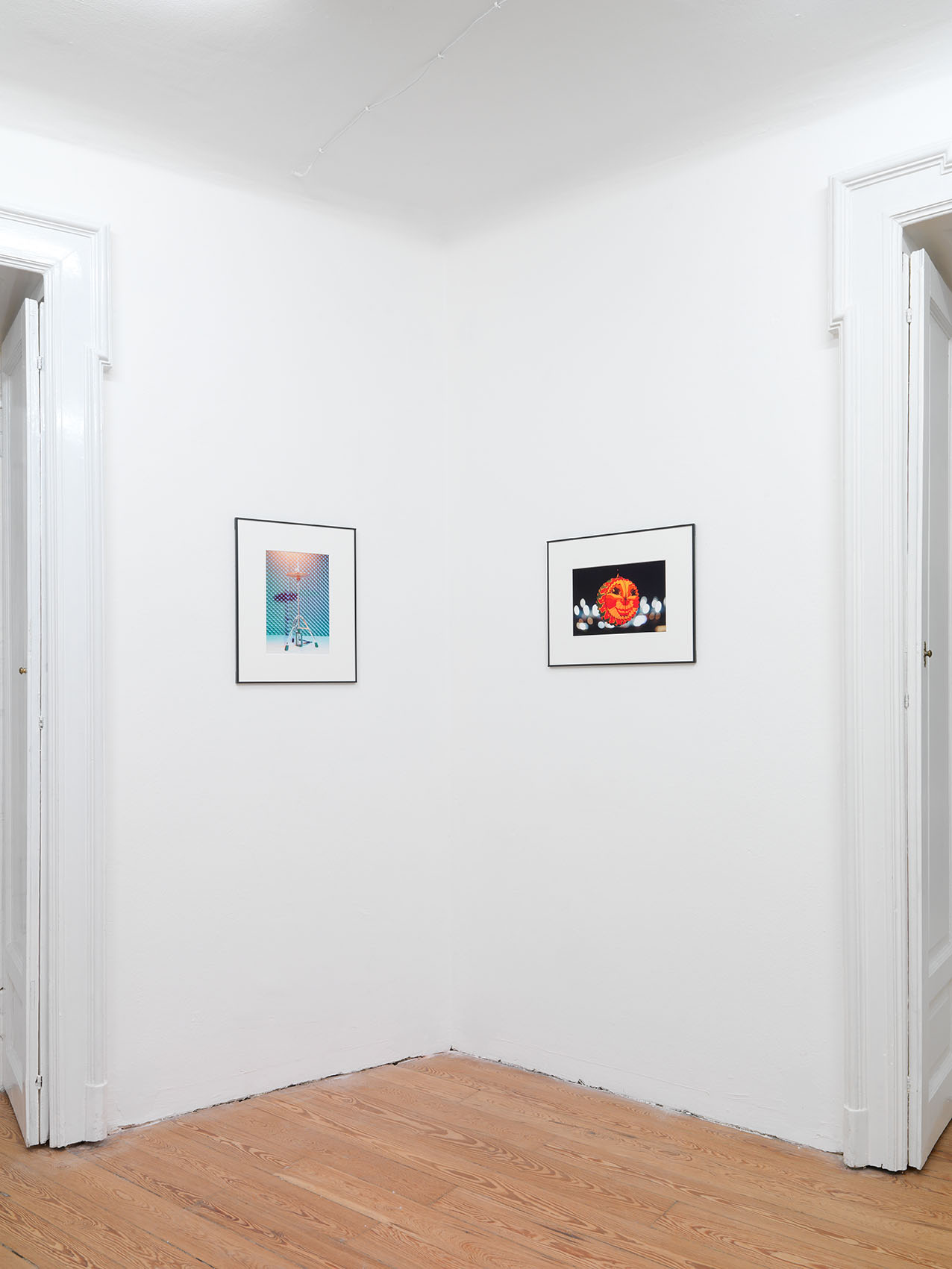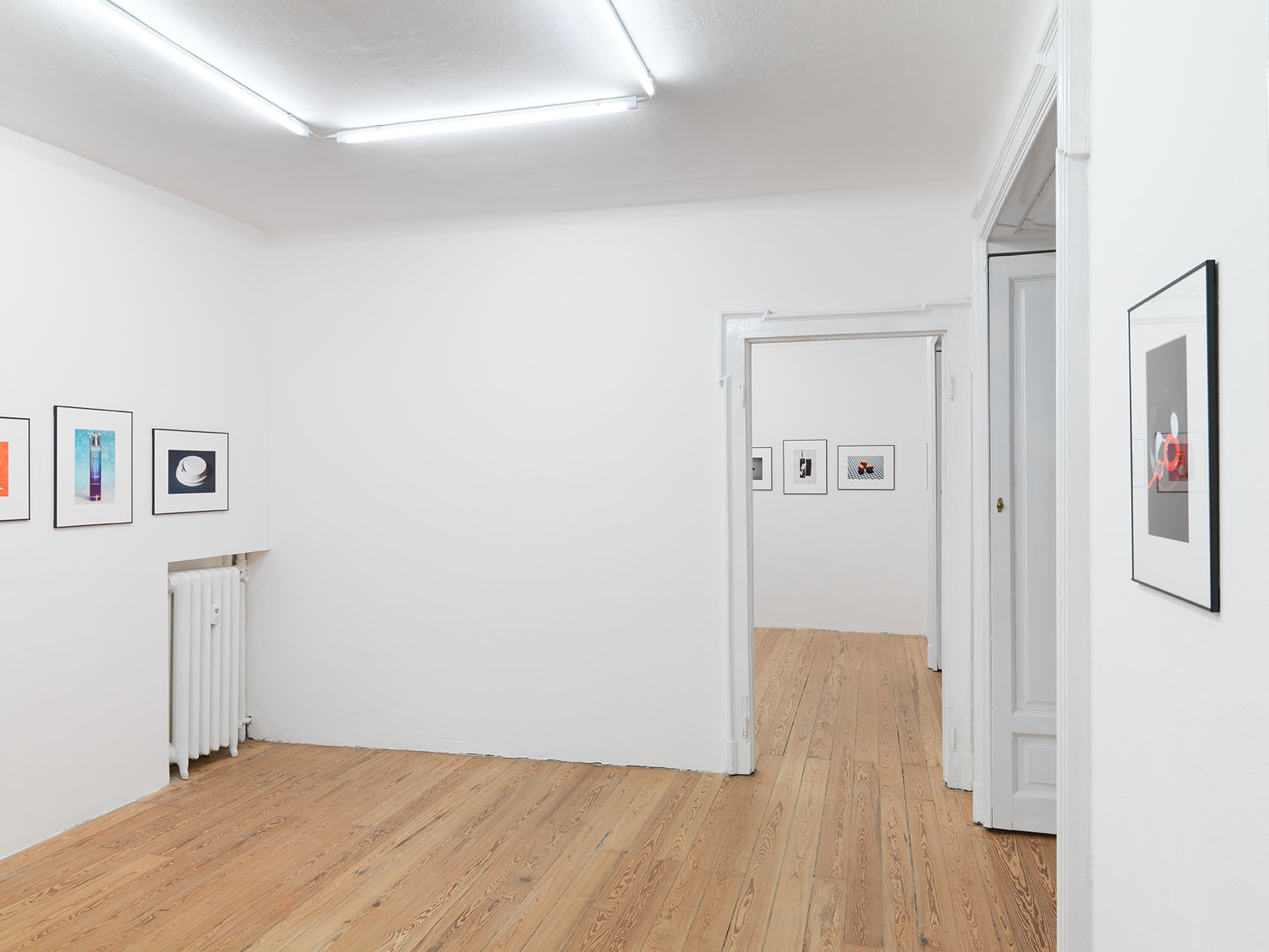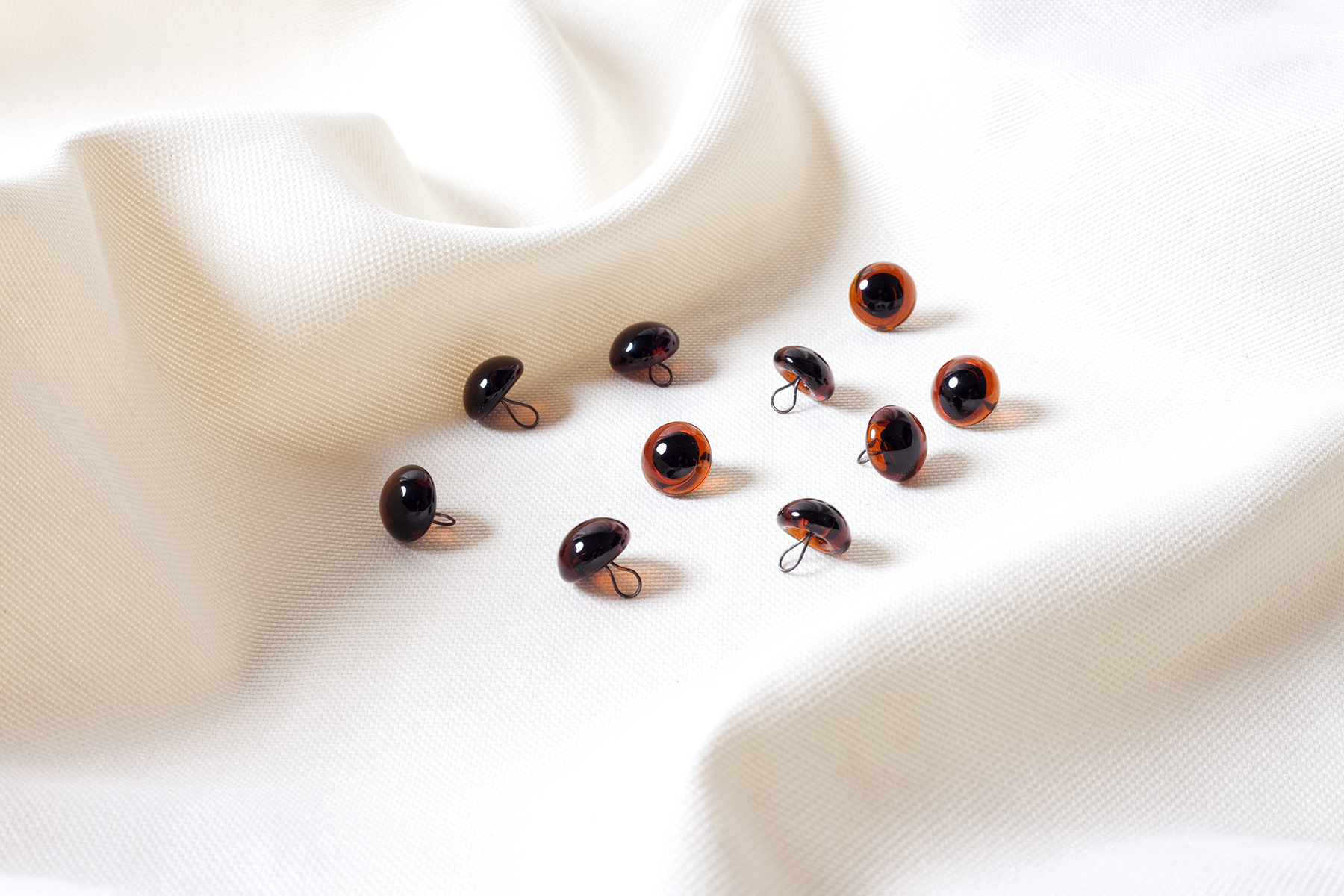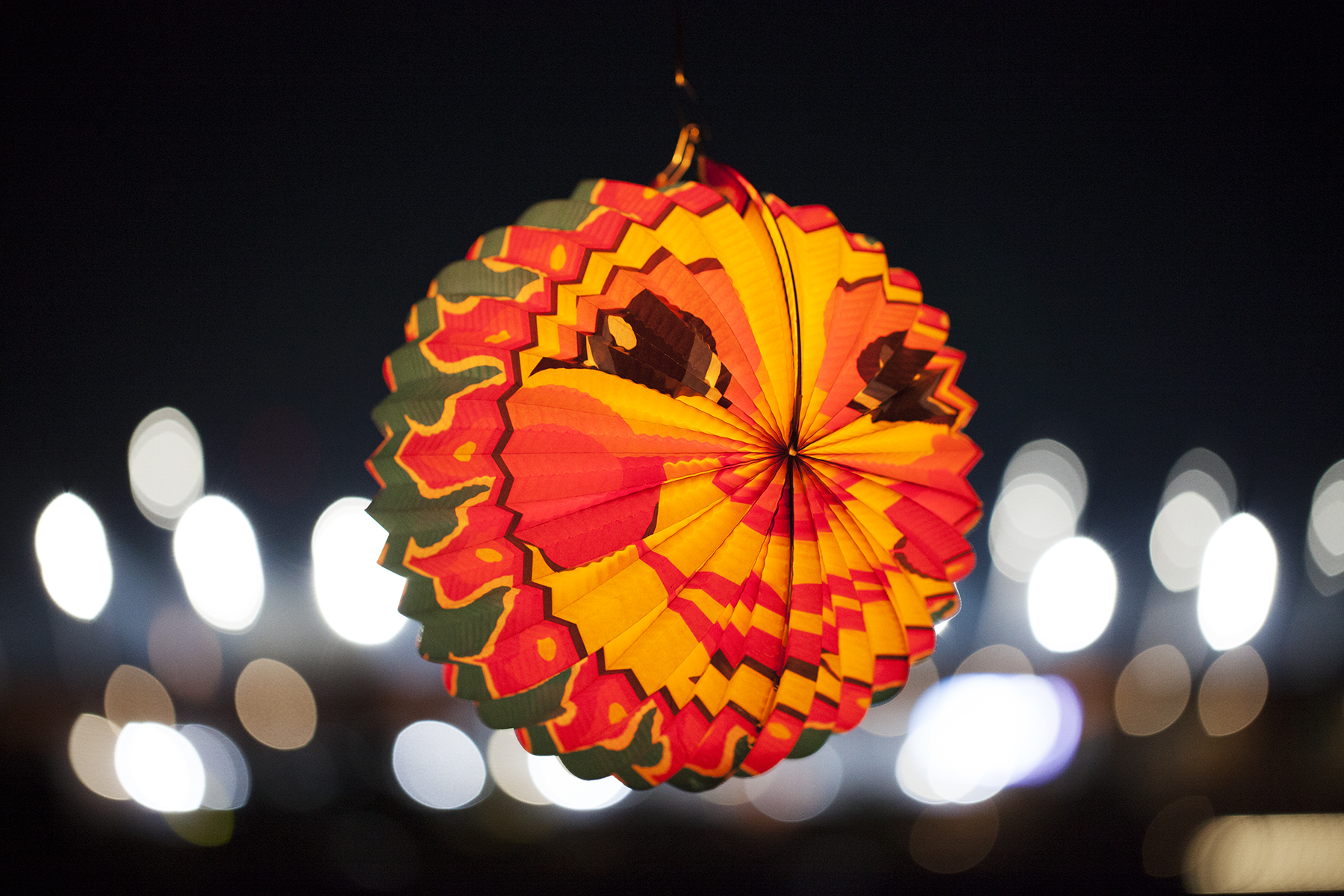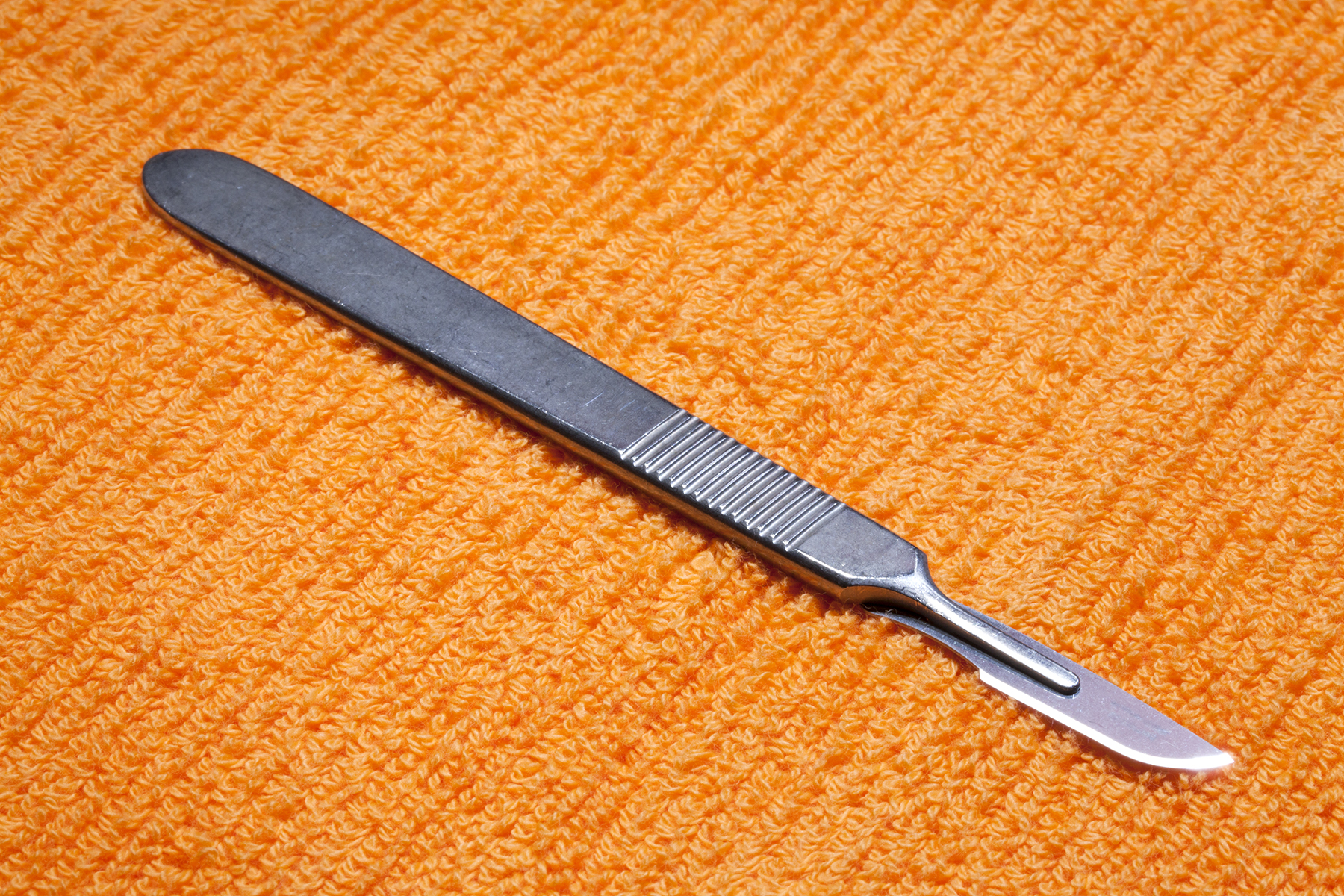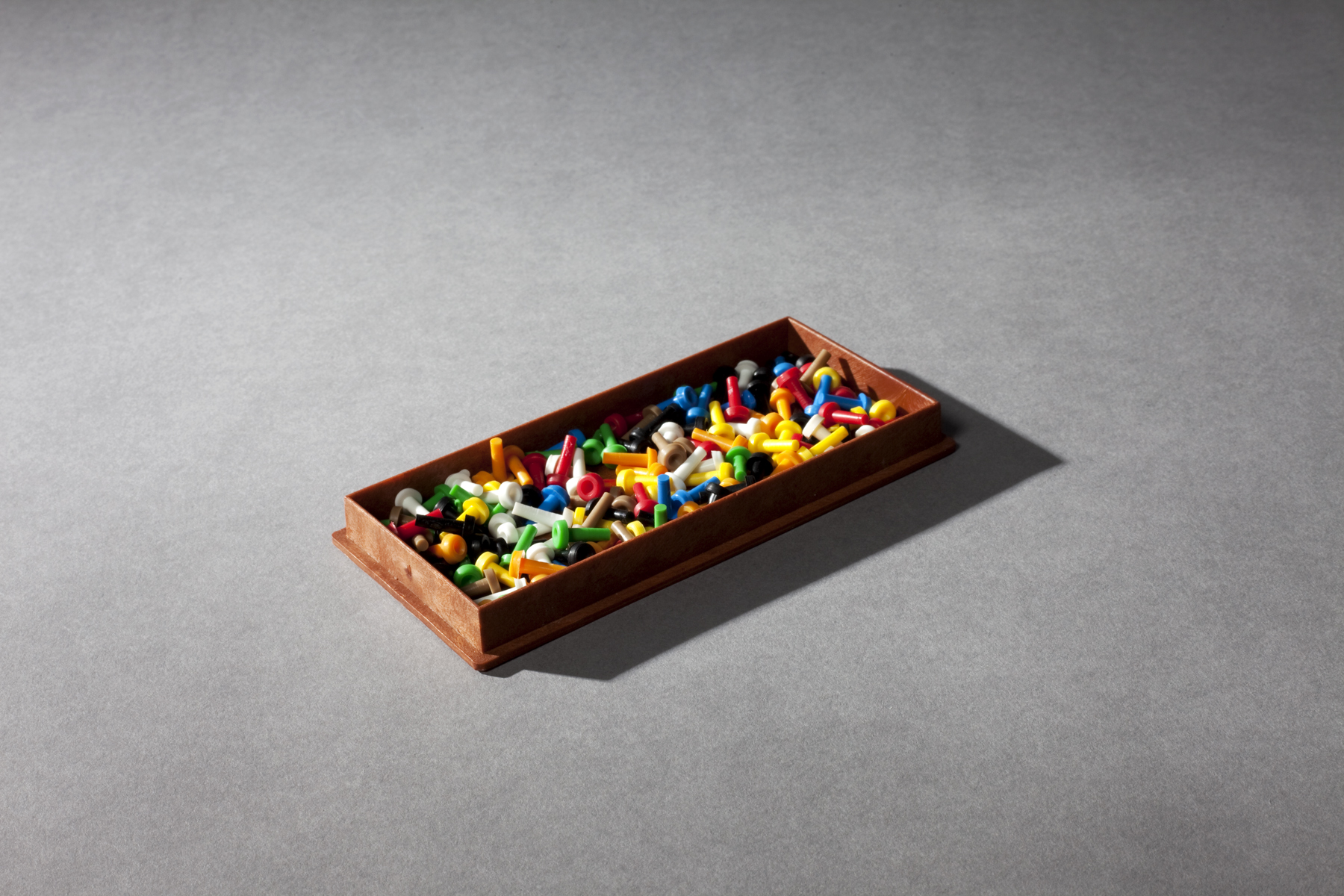Matthias Gabi
January 12 - February 11, 2017
Matthias Gabi, 2017, installation view, Galleria Federico Vavassori, Milan
Matthias Gabi, 2017, installation view, Galleria Federico Vavassori, Milan
Matthias Gabi, 2017, installation view, Galleria Federico Vavassori, Milan
Matthias Gabi, 2017, installation view, Galleria Federico Vavassori, Milan
Matthias Gabi, 2017, installation view, Galleria Federico Vavassori, Milan
Matthias Gabi, 2017, installation view, Galleria Federico Vavassori, Milan
Matthias Gabi, 2017, installation view, Galleria Federico Vavassori, Milan
Matthias Gabi, 2017, installation view, Galleria Federico Vavassori, Milan
Matthias Gabi, 2017, installation view, Galleria Federico Vavassori, Milan
Matthias Gabi, 2017, installation view, Galleria Federico Vavassori, Milan
Matthias Gabi
Objet (Wasserglas), 2016
Epson Ultrachrome K3 Pigment Inkjetprint
40 cm x 50 cm (framed)
Matthias Gabi
Objet (Lavalampe), 2014/2016
Epson Ultrachrome K3 Pigment Inkjetprint
50 cm x 40 cm (framed)
Matthias Gabi
Objet (Löwe), 2015/2016
Epson Ultrachrome K3 Pigment Inkjetprint
50 cm x 40 cm (framed)
Matthias Gabi
Objet (Glasaugen), 2013/2016
Epson Ultrachrome K3 Pigment Inkjetprint
40 cm x 50 cm (framed)
Matthias Gabi
Objet (Haushaltskorb), 2016
Epson Ultrachrome K3 Pigment Inkjetprint
50 cm x 40 cm (framed)
Matthias Gabi
Objet (Lampion), 2016
Epson Ultrachrome K3 Pigment Inkjetprint
40 cm x 50 cm (framed)
Matthias Gabi
Objet (Hi-Hat), 2014/2016
Epson Ultrachrome K3 Pigment Inkjetprint
50 cm x 40 cm (framed)
Matthias Gabi
Objet (Seifenblase), 2016
Epson Ultrachrome K3 Pigment Inkjetprint
50 cm x 40 cm (framed)
Matthias Gabi
Objet (Buch), 2014/2016
Epson Ultrachrome K3 Pigment Inkjetprint
40 cm x 50 cm (framed)
Matthias Gabi
Objet (Windspiel), 2015/2016
Epson Ultrachrome K3 Pigment Inkjetprint
50 cm x 40 cm (framed)
Matthias Gabi
Objet (Granatapfel), 2015/2016
Epson Ultrachrome K3 Pigment Inkjetprint
50 cm x 40 cm (framed)
Matthias Gabi
Objet (Skalpell), 2016
Epson Ultrachrome K3 Pigment Inkjetprint
40 cm x 50 cm (framed)
Matthias Gabi
Objet (WELEDA), 2016
Epson Ultrachrome K3 Pigment Inkjetprint
50 cm x 40 cm (framed)
Matthias Gabi
Objet (Kaffeebecherdeckel), 2016
Epson Ultrachrome K3 Pigment Inkjetprint
40 cm x 50 cm (framed)
Matthias Gabi
Objet (Radio), 2016
Epson Ultrachrome K3 Pigment Inkjetprint
40 cm x 50 cm (framed)
Matthias Gabi
Objet (Schmuckdose), 2015/2016
Epson Ultrachrome K3 Pigment Inkjetprint
50 cm x 40 cm (framed)
Matthias Gabi
Objet (TABASCO), 2016
Epson Ultrachrome K3 Pigment Inkjetprint
50 cm x 40 cm (framed)
Matthias Gabi
Objet (Mastermind), 2013/2016
Epson Ultrachrome K3 Pigment Inkjetprint
40 cm x 50 cm (framed)
Matthias Gabi
Objet (BULGARI), 2014/2016
Epson Ultrachrome K3 Pigment Inkjetprint
50 cm x 40 cm (framed)
Matthias Gabi
Objet (Eier), 2014/2016
Epson Ultrachrome K3 Pigment Inkjetprint
40 cm x 50 cm (framed)
Matthias Gabi
Objet (Stein), 2015/2016
Epson Ultrachrome K3 Pigment Inkjetprint
40 cm x 50 cm (framed)
- 2025
-
2024
-
Giangiacomo Rossetti
Squeeze
November 29, 2024 - January 10, 2025 -
Ganz kleine
November 6 - November 22, 2024 -
Kaspar Müller
when we turn, we reappear
September 18 - October 18, 2024 -
Gianni Piacentino
June 25 - July 25, 2024 -
Vincent Murnaghan
Tuscan Landscape Painting
May 22 - June 18, 2024 -
claude rutault
March 12 - April 26, 2024
-
-
2023
-
The 3-second rule of thumb
Curated by Kaspar Müller
December 15, 2023 - February 2, 2024 -
Daniele Milvio
Le Faremo Sapere.
September 21 - October 27, 2023 -
Charlemagne Palestine, C'ERAA UNAAA VOLTAAA CHARLEWORLDDD
June 6 - July 7, 2023 -
Bill Hayden
café Uranus
May 4 - 31, 2023 -
Gianni Piacentino
March 22 - April 23, 2023
-
Emil Michael Klein
January 17 - February 17, 2023
-
-
2022
-
Osama Al Rayyan
knights
November 9 - December 16, 2022 -
Rochelle Goldberg
Ghost Centrale
September 16 - October 21, 2022 -
Beatrice Marchi
Who crushed the Evil Turtle?
June 8 - July 29, 2022 -
Kaspar Müller
Maintenance 2
March 30 - May 13, 2022 -
6 Bagatelles
Osama Al Rayyan
Beatrice Marchi
Daniel Murnaghan
Matthew Pang
Giangiacomo Rossetti
Cinzia RuggeriFebruary 15 - March 18, 2022
-
- 2021
-
2020
-
PaJaMa (Paul Cadmus, Jared French, Margaret Hoening French)
September 25 - November 15, 2020
-
Jared Madere
In the back of the restaurant I made him kiss the ring: Haunted House in the Key of New Years
Paths to G-ddess~ Tiny Dick Timmy Ricochet~ Live from the Geomancer’s Clit Ring
You say one thing and everyone acts like you don’t mean the opposite of it at the same time tooFebruary 13 - March 27, 2020
-
-
2019
-
Renata Boero
Tempo e Tempi
November 15, 2019 - January 10, 2020 -
Doriana Chiarini
IN GRANDE! Scultura a dismisura
Curated by Mariuccia CasadioSeptember 18 - October 31, 2019
-
Cinzia Ruggeri
la règle du jeu?
June 25 - August 9, 2019 -
Genoveva Filipovic
May 14 - June 20, 2019 -
Emil Michael Klein
Curtains
March 15 - April 19, 2019 -
Daniel Murnaghan
February 8 - March 9, 2019
-
-
2018
-
Dario Guccio
Urnas plebeyas, túmulos reales
December 14, 2018 - January 25, 2019 -
Michael Pollard, Eric Schmid
Life is good
October 26 - November 24, 2018 -
Daniele Milvio
A Milano non si usa
September 14 - October 12, 2018 -
Tra l'inquietudine e il martello
July 16 - August 11, 2018 -
Rochelle Goldberg
1000 "emotions"
May 25 - June 30, 2018 -
Green Tea Gallery at Federico Vavassori
Amore Atomico di Amore di Lava
Curated by United BrothersApril 18 - May 19, 2018
-
Bill Hayden and Greg Parma Smith
Legend of Festival and Enclosure
March 16 - April 15, 2018 -
Cinzia Ruggeri
Umbratile con Brio
Curated by Mariuccia Casadio
February 9 - March 10, 2018
-
-
2017
-
Kaspar Müller
Maintenance
December 21, 2017 - January 27, 2018 -
Lisa Ponti
IL
FOGLIO
È UNA STANZA
CHIUSA
MA
MERAVIGLIOSASeptember 15 - October 14, 2017
-
Genoveva Filipovic & Daniel Murnaghan
May 25 - July 1, 2017 -
Rosa Aiello
27 seasons
March 29 - April 29, 2017 -
Giangiacomo Rossetti
KRIS
February 16 - March 18, 2017 -
Matthias Gabi
January 12 - February 11, 2017
-
-
2016
-
Matthew Watson
Surplus to Requirements
November 25 - December 23, 2016 -
Dario Guccio feat. Andrea Cleopatria
Referendum sull'aeroplano
October 25 - November 19, 2016 -
Erika Landström
CONTROL I'M HER
September 9 - October 8, 2016 -
Benjamin Horns
May 25 - June 25, 2016 -
Emil Michael Klein
April 06 - May 14, 2016
-
-
2015
-
Daniele Milvio
Cacafoco
November 9 – December 5, 2015 -
Matteo Callegari
September 17 – October 24, 2015 -
Rochelle Goldberg
The Cannibal Actif
June 5 – July 4, 2015 -
Mélanie Matranga / Oliver Payne
Organized by Fredi Fischli and Niels Olsen
April 10 – May 9, 2015 -
Dario Guccio
Hammer, Chewing Gum, Evasion, Destruction
January 16 – February 14, 2015
-
- 2014
- 2013
- 2012
- 2011
MATTHIAS GABI
January 12 - February 11, 2017
In the Car, at the Hair Salon, After Art
The Objet series by Matthias Gabi
What happens if a three-dimensional object becomes a flat image? Is it possible to see both the image and the object at the same time? And again and again: What (kind of an) image is that? These are some of the questions raised by Matthias Gabi with his series, titled Objet. In search of answers, we step into the car with Roland Barthes:
If I am in a car and I look at the scenery through the window, I can at will focus on the scenery or on the window-pane. At one moment I grasp the presence of the glass and the distance of the landscape; at another, on the contrary, the transparence of the glass and the depth of the landscape; But the result of this alternation is constant: the glass is at once present and empty to me, and the landscape unreal and full.*
The landscape and the glass – or the object and the image. Either I see the actual stencil, the broken tiles, and the plastic bag “behind” the image. Or I can see the image of the stencil, of the broken tiles, and of the plastic bag. Initially, one shifts constantly back and forth between these two levels. Matthias Gabi’s objets are flip pictures. And layered pictures. For if you take a closer look, you’ll find dozens more layers within them: plastic foil and other packaging, pictures-in-the picture, shadows, a newspaper page, a cloth, or a mirrored surface. But also the glass in front of the image, as well as the wall behind it – strictly speaking, an image that hangs on a wall is not two-dimensional. The layers multiply like the mirror images in Mani Matter’s chanson “Bim Coiffeur” (Eng.: “At the Hair Salon”) (1973):
Bim Coiffeur bin i gsässe vor em Spiegel, luege dry
Und gseh dert drinn e Spiegel wo ar Wand isch vis-à-vis
Und dert drin spieglet sech dr Spiegel da vor mir
Und i däm Spiegel widerum dr Spiegel hindefür
...
Es metaphysischs Grusle het mi packt im Coiffeurgstüel
[Sitting at the hair salon before the mirror I looked in the mirror
And in it I see the mirror on the opposite wall
And in that was reflected the mirror before me
And in that mirror, in turn, I see the one opposite
...
A metaphysical shudder gripped me on the hairdresser’s chair]
Yet the shudder we feel in response to the Objet series is not existential or metaphysical, but derived from an uncertainty of allocation. What’s the point? When we look at images, our initial reflex is to classify them according to what we already know, to compare them with familiar images, to subdue our agitation as we confront the undefined. So what are these objets? Are they a kind of photographic commentary on the status of objects in art, on the three-dimensional object in the exhibition space, or on the threshold of the museum, which can transform an everyday object into art? Are they photographic objects or objective photographs? Is it, perhaps, an artistic, ironic approach to the product photographs we find in mail-order catalogues and design magazines? Or a statement on capitalism and its fixation with consumption and products? Or is it merely a tongue-in-cheek artistic demonstration of photographic skill? Perhaps it’s a bit of all of this, and yet none of it entirely. The apparently slick images have bumps that cause us to stumble with any of these interpretations. Tiny shifts are incorporated into these photographs at every level, just as the French word objet is also a slight displacement of the German Objekt, or the English “object.” The shadows in these images fall atypically; the selection and presentation of the photographed objects stand in contradiction to simplistic critiques of capitalism or of the role of objects in art. The intentional revealing of decisions, along with unexpected combinations, refute a simple notion of objectivity. Another interpretation technique for overcoming uncertainty would have us construct series, seeking a narrative that might hold together the enigmatic images and subjects. This inevitably leads us back to the photographed objects: the crumpled flower-print plastic bag, the wrapping paper still in its wrapping, the ball bearings, the shattered tiles, match boxes, the small travel-sized Mastermind game, the glossy glass eyes of teddy bears lying on a crimped, cream-colored cloth. And yet, apart from a consistent photographic technique and presentation, no more than two of these things have a common denominator, or allow themselves to be woven into a coherent, meaningful story – no matter how they are arranged on a wall or in a portfolio or book, they don’t fit together to form a narrative whole. Instead, each objet is a mysterious node of proposals and refusals of meaning. A convergence and a concentration. A poem, not a story. Each individual image challenges perceptions, rules, and attempts at interpretation, pushing them to their limits and beyond. Or as David Joselit said in his essay on the situation of images in the new millennium: we find ourselves today in a state of “after the art,” – which naturally does not mean that the art is over. Images have become scattered migrants, who must regroup in new networks, clusters, and rules. Old systems of order and patterns of “sedation” have failed. Explanations are deceptive. The prevailing guiding metaphors are reproduction, dislocation, and circulation instead of uniqueness, coherence, and localization.
What remains are intellectual challenges, yearnings, and shimmering beauty. Matthias Gabi rescues the capitalist thing that has been lost in the crowd, redeeming it as an individual objet – by liberating it from its functionality into the agile photographic image. The profane flips over into the beautiful. The product into the sign. Surfeit into reduction. It could be said that this is the meaning of these images. Or, to return to Roland Barthes: no hackneyed, hardened myths can arise from these unusual objets. When we view them, for a moment all those aforementioned layers over- lap to reveal a perfect, harmonious image. But in the next moment, our gaze again starts to shift and flip – between object and image, between insubstantiality and presence, between near and far.
Daniela Janser
*Roland Barthes, Myth Today, in Mythologies (1957), trans. Annette Lavers, Hill and Wang, New York, 1984.
**David Joselit, After Art, Princeton University Press, Princeton and Oxford, 2013.



